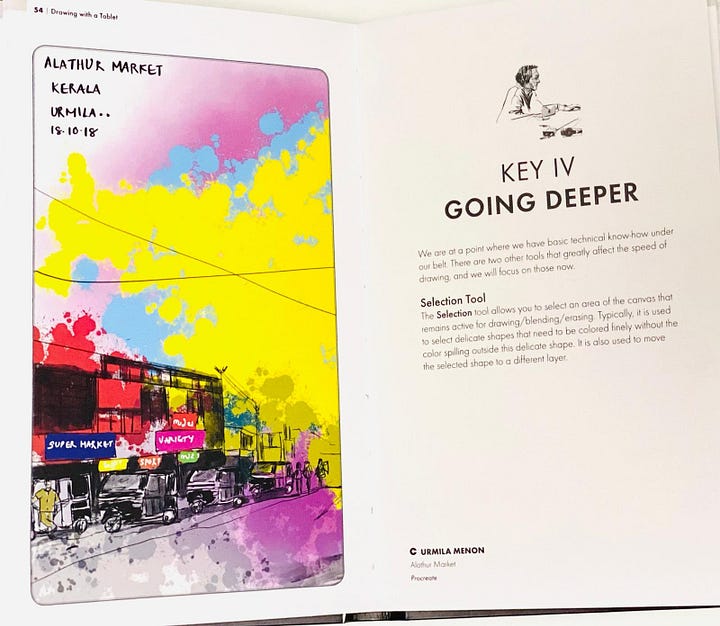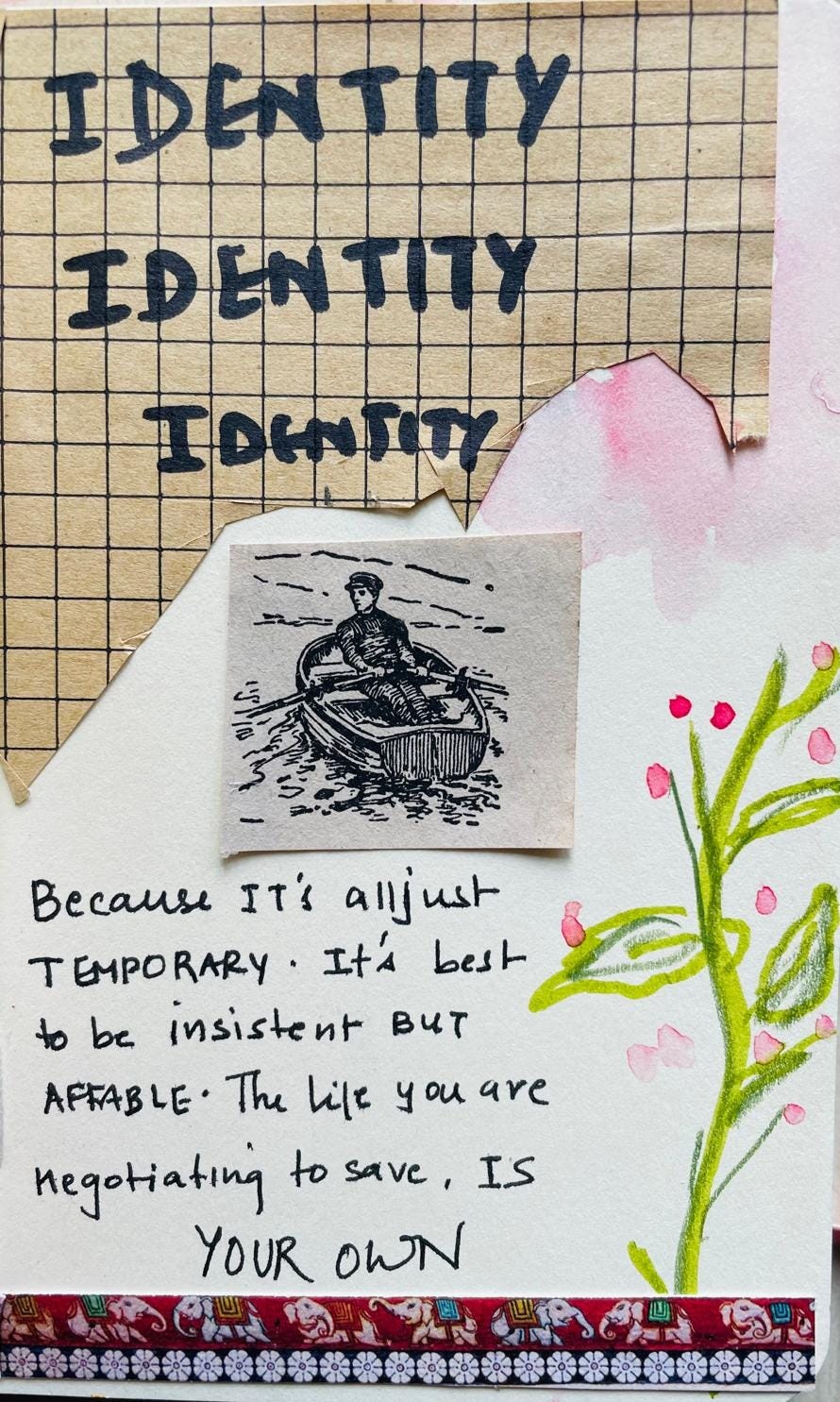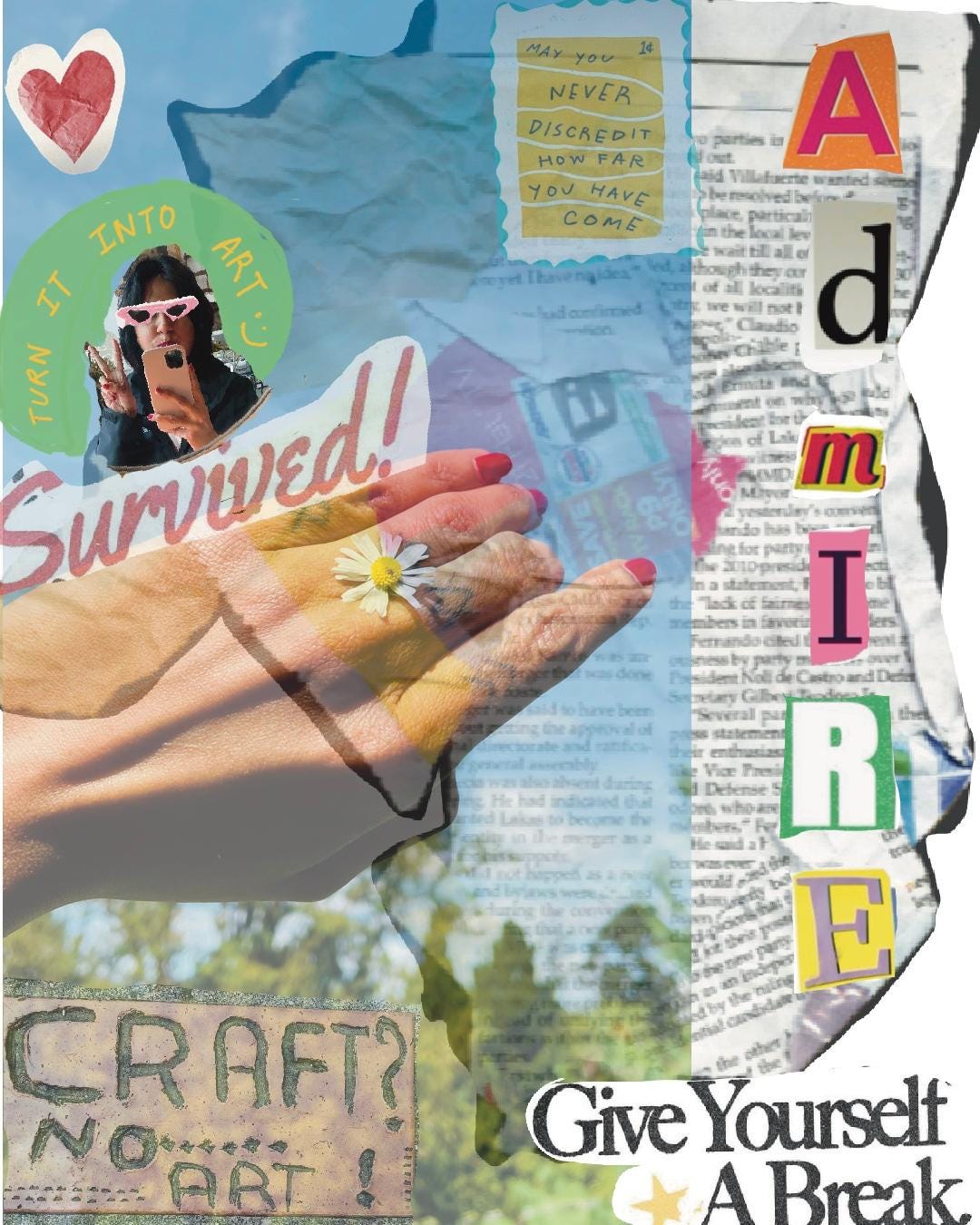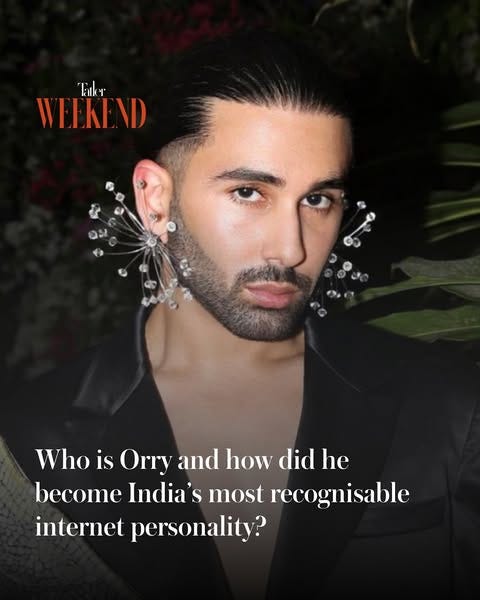Why I Stopped Waiting to Be Seen—and Started Creating My Own Visibility
A raw exploration of invisibility, identity, and the power of representation in a world that still doesn’t know where we belong.
After seven years in Hong Kong, so much has changed—my career, my creative pursuits, and even my perspective on life. But one thing remains stubbornly constant: this gnawing feeling of invisibility. It’s not just me; if you look around, you might feel it too.
Every time I scan a panel of speakers at an event, a list of awardees, or a TEDx lineup, I find myself searching for someone who looks like me. Someone whose story mirrors mine, even just a little. When I don’t find what I’m looking for, that old ache resurfaces: Why am I still seeking representation? Why does it feel like I’m perpetually on the outside looking in?
The Breaking Point: Why Waiting Was No Longer an Option
Over the past few months, I’ve been expanding my facets—writing more, creating videos for YouTube, and hosting wellness workshops. Do you know why? Because I got tired of waiting. Tired of asking. Tired of being told to “get in line.”
This topic is so tangled in my head that articulating it feels like wrestling with quicksand. My emotions override logic every time I try to unpack it. Yet, here I am, diving into murky waters because staying silent feels worse.
I searched the word ‘representation’ on Substack and saw this article from South Asian Trailblazers by
Now I am going to tread into murky waters here, but here goes nothing, I remember seeing some video where the interviewer asked, “ Who are the most racist people?” And the person said, “Asians”. It stings because it’s true on so many levels. Nobody clings to the remnants of colonization tighter than us Asians.
What Malaysian comedian Ronny Chieng said illustrates what I am lamenting about. Watch Here. I know it’s comedy and that we as humans are rapidly losing our sense of humour but this is triggering to watch. The fact that people are laughing along shows how deeply ingrained these biases are.
I went down the rabbit hole and read articles on this ‘comedy’ video, and it all came to this comprehensive one written by Vice Read here. The crux of this article goes to show that we are at the mercy and awareness of other nationalities to determine our identifier. That article makes so many points that drive the message home with undeniable clarity. Another stark example is the mainstream media. If you google Asian actors, you will mostly see East Asian actors.
The term "Asians" is used casually but holds different meanings in technical contexts. Broadly, it refers to people from Asia, but the AAPI/U.S. Census Bureau defines it as a racial category based on physical traits, separate from ethnicity, which is tied to cultural identity. In the U.S., countries like India, Pakistan, and Nepal are categorized as Asian racially, but Indians are rarely seen as "Asian" due to differing cultural perceptions. In contrast, the UK uses "Asian" for South Asians and "East Asian" for those from China, Japan, or Korea—a distinction reversed in the U.S. So, which box do we belong in? Who gets to decide?
Real-World Observations: Microaggressions and Mental Space
Well, enough of the technical aspect of it. Back to my real-world observations. When I first moved to Hong Kong, and when I would meet another Indian acquaintance, I would always talk about my racist experiences. Like shopkeepers treating me like trash or invisible, no middle path, or people getting up or leaving the seat next to me on the MTR or shopkeepers calling me fat and recommending me an XL size when I am a S or M size at best in India.
Sharing these experiences with fellow Indians elicited two reactions:
Dismissal: “Oh? I find Hong Kong people very nice. Maybe they’re just uncomfortable with English. I have never experienced something like this” Which made me feel, why was I the chosen one for such destitute treatment?
Resignation: “Yeah, these people are like that. What to do? Just adjust.”
Both these reactions made my blood boil!!
Seven years later, I have managed to read the societal subtitles. Hong Kong is a pressure cooker of stress. People don’t have the mental space to accommodate outsiders unless they’re white—and even then, it depends on the stars aligning. Over time, the blatant rudeness has lessened, but I’ve also noticed subtle shifts in myself. Subconsciously, I dress more put-together—even for a trip to the supermarket. Coincidence? Maybe.
As for salespeople calling me “fat,” I now understand it’s partly due to Asian sizing being petite and their limited vocabulary range so it’s either ‘fat’ or ‘thin’ there is no in-between. Still, none of this solves the larger issue: representation.
Creating My Own Space: Representation Through Action
For years, I reached out to creators, organizations, podcasts, and platforms hoping to share my story. Each rejection felt like another nail in the coffin of my marketability. But I have shared my experiences through the written word which has been published. This makes me wonder, is it my face card and accent card getting declined? Is that what’s killing my marketability?
And for those Indians who are ‘out there’, they almost have some preferred ‘foreign’ link. Either they studied in the UK/US or lived there or some other preferential affluence which makes them influential enough or they are the poster face for the ‘minority’. I am neither of these, but I don’t think that should undermine or deny me the representation I want.
So here I am—creating representation for myself. This Substack, my YouTube channel, my upcoming book—they’re all acts of defiance against invisibility. If no one will hear me, I’ll make sure they see me.
But sometimes, the world feels unbearably unfair. Take Orry, for example. I don’t mean to rain on his parade but, I had to google who and what is he before I wrote this. Who is Orry. His claim to fame: wanting to be famous. Yet there he is, featured in Tatler Asia. Meanwhile, I’m here, trauma-dumping on Substack.
Why does his wish land him accolades while mine leaves me questioning everything?
Art Circles and Hard Truths
Being part of Hong Kong’s art circle has its own challenges. At meetups and group discussions, I’m often the only South Asian. Or if there are others, I almost always notice this, they are always hard selling themselves, trying to be seen and getting looks for being ‘pushy’.
But I get it. When opportunities aren’t laid out for you, when doors remain closed, you start shouting louder. You speak louder, dress louder, paint louder. Once, during an Urban Sketchers meetup, someone commented with a pasted smile, “Wow, your colors are so bright, just like your dressing!”
But I stuck to my ‘loud’ colors and landed myself multiple features in the Digital Urban Sketching Handbook.


All these experiences fuel my upcoming book. Because I want to amplify voices like mine—voices that refuse to stay quiet. Maybe someone else out there will find solace in my journey towards accepting their identity in the spectrum of color this world sees with tinted glasses.
This brings me to a very special question one of my paid subscribers asked me
And the answer is, drumroll please…
[Exclusive to Paid Subscribers]
Thank you for being part of this journey. Whether you choose to stay as a free reader or upgrade to paid, know that your support means everything to me.
Keep reading with a 7-day free trial
Subscribe to ☕ teacups and tiny victories ✌ to keep reading this post and get 7 days of free access to the full post archives.












